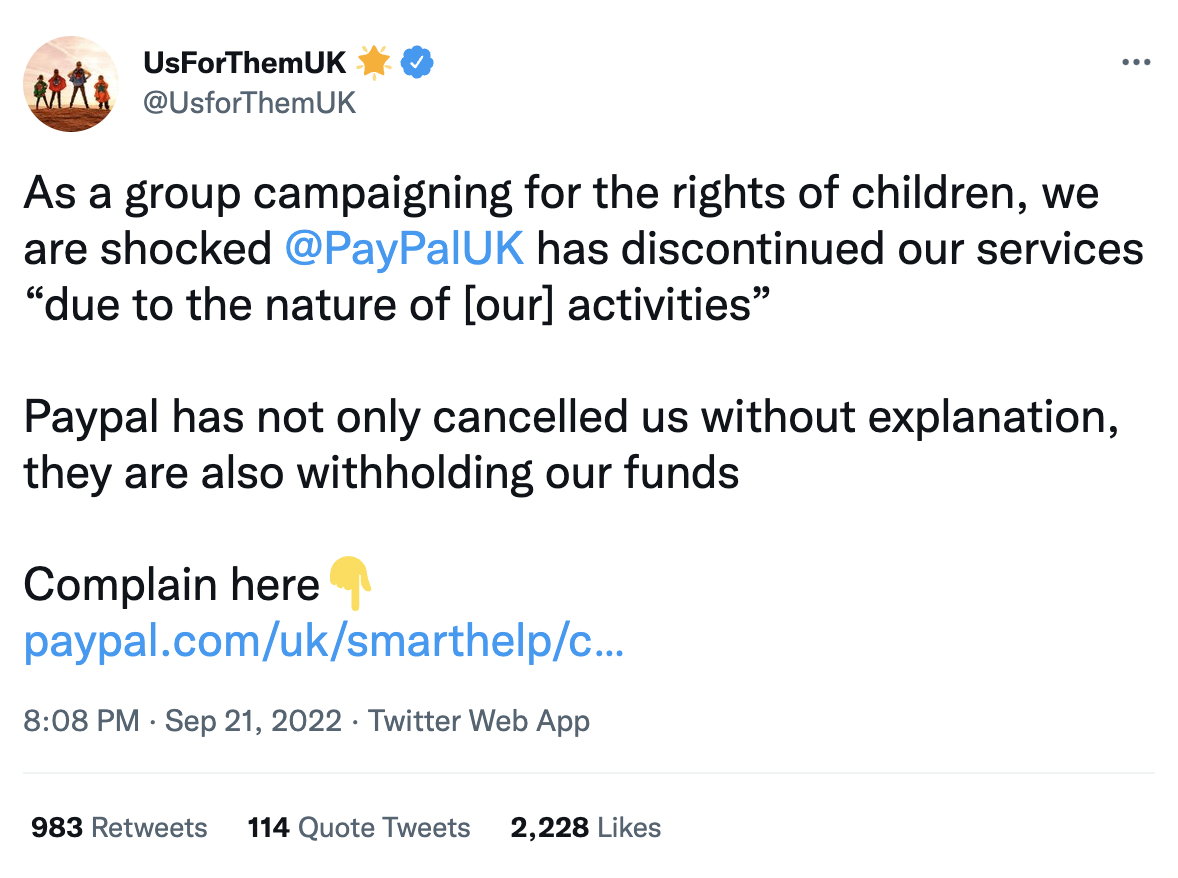Will Section 230 Be Struck Down by the Supreme Court?
You may have heard of Section 230 of the Communications Decency Act of 1996 before. It's the shield that #BigTech companies hide behind when questionable content shows up on their websites. It's also that which is referred to by conservatives claiming these Big Tech companies are not adhering to Section 230 because their censorship of conservative content represents an editorial decision making process for content removal that is contrary to the tenets of Section 230.
There are currently 2 cases involving Section 230 being considered by the Supreme Court. One of them, Gonzalez v. Google, is highlighted in this article from Washington Examiner. It is unclear whether this case will be the one to bring down Section 230, but so far it doesn't look promising. However, getting rid of Section 230 would have far reaching consequences not just for Big Tech, but for all online platforms.
Check out some of the takeaways from the Supreme Court's deliberations in Gonzalez v. Google:
The Supreme Court heard oral arguments in the first of two Big Tech-related cases this week that have the potential to upend how online platforms handle content moderation and free speech.
Arguments heard Tuesday were in a case known as Gonzalez v. Google, which focuses on whether the technology company can be sued because of its subsidiary YouTube's algorithmic video recommendations, an argument that did not appear to sway a majority of the high court.
Plaintiffs in the case, the family of Nohemi Gonzalez, who was killed in a 2015 Islamic State attack in Paris, alleged YouTube's targeted recommendations violated the U.S. Anti-Terrorism Act by helping radicalize viewers to promote ISIS propaganda.
When the U.S. Court of Appeals for the 9th Circuit previously dismissed the Gonzalez suit, it relied on Section 230 of the Communications Decency Act of 1996, a federal law that protects internet companies from liability for content posted by their users.
The arguments heard Tuesday marked the first time the justices weighed the scope of the 1996 law that, if upended, could drastically change the standard for what can be posted online and whether platforms and users can be held legally liable for any content published on them.
Much of the discussion focused on whether YouTube should be open to liability when it suggests "thumbnails" of videos and if it should matter whether a "neutral" algorithm was used to highlight content to users.
Justice Clarence Thomas raised the question to the plaintiffs' attorney, Eric Schnapper, noting that the algorithm his clients are targeting is the same one that recommends cooking videos.
"I don’t understand how a neutral suggestion about something you’ve expressed an interest in is aiding and abetting. I just don’t understand it," said Thomas, who was later joined by Justice Sonia Sotomayor in expressing similar skepticism.
Read the full article at the link below.
Promo Code “PARALLEL” = 1 Free Month Subscription
LINK:
https://www.washingtonexaminer.com/policy/courts/google-supreme-court-case-justices-leery-section-230


















